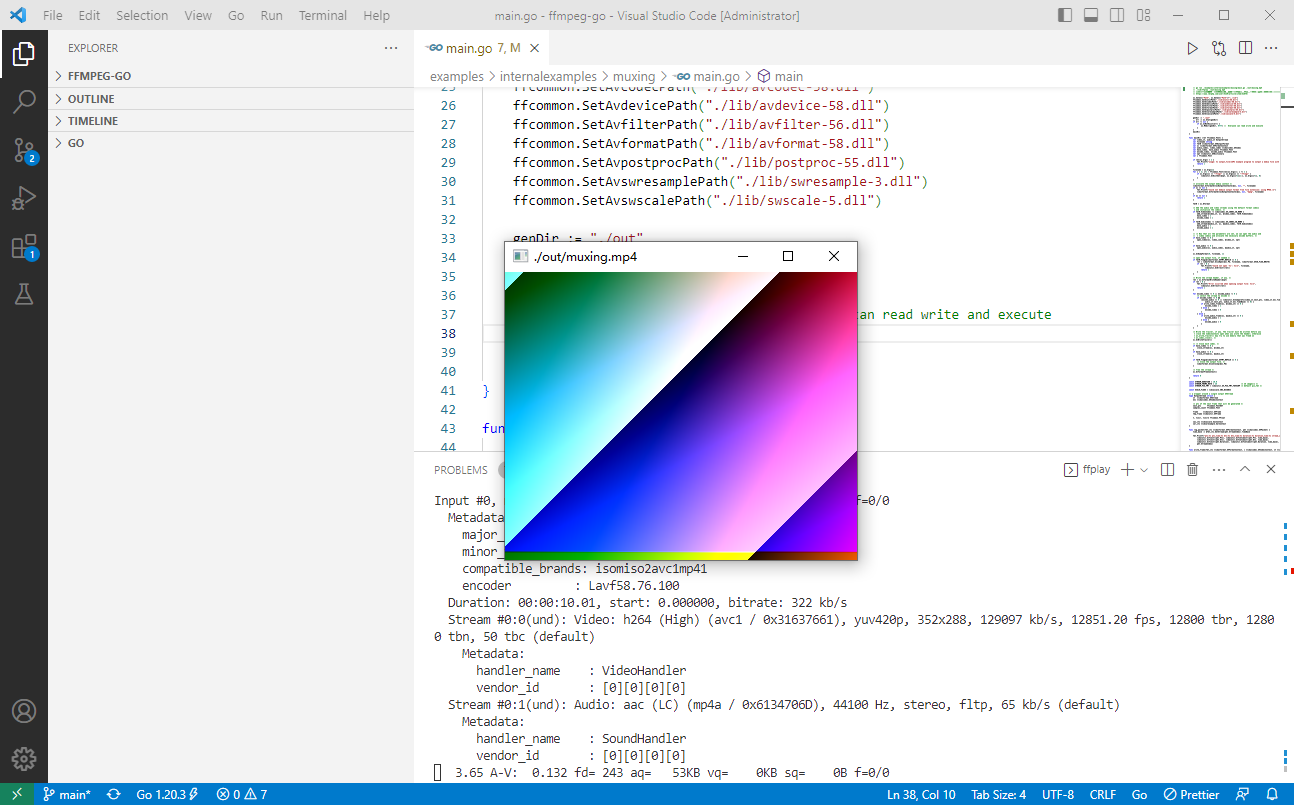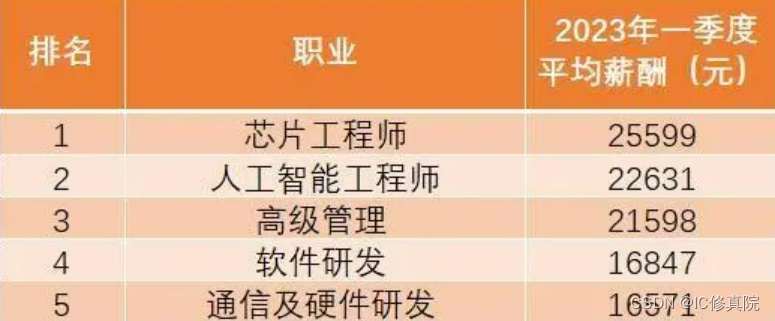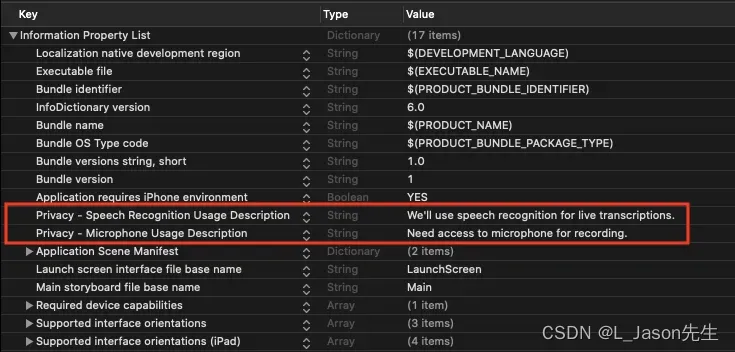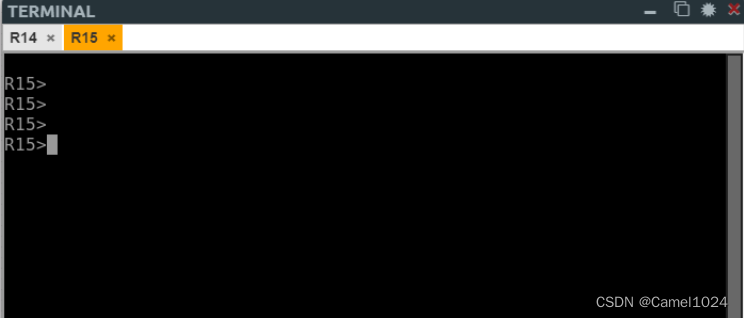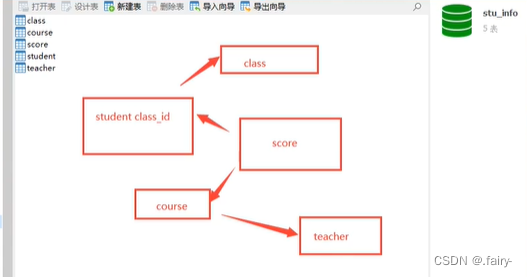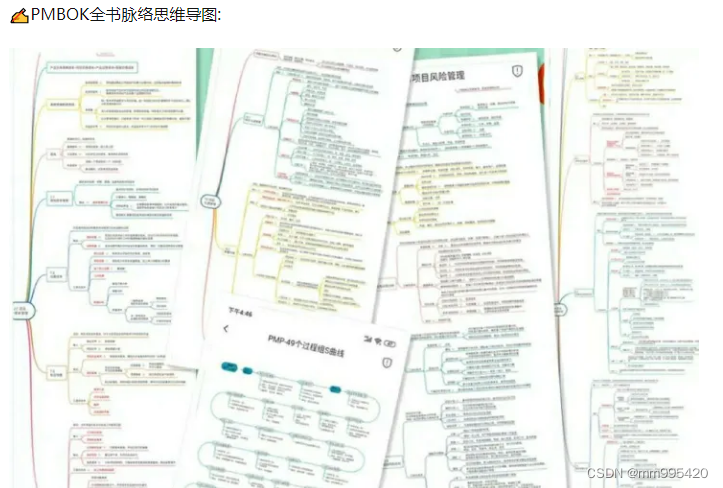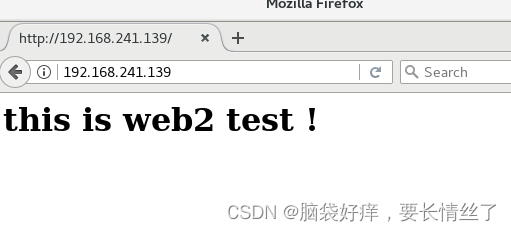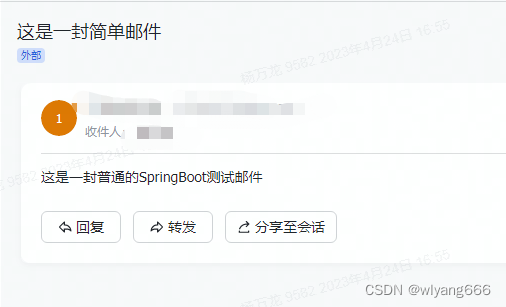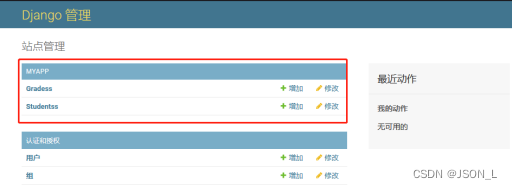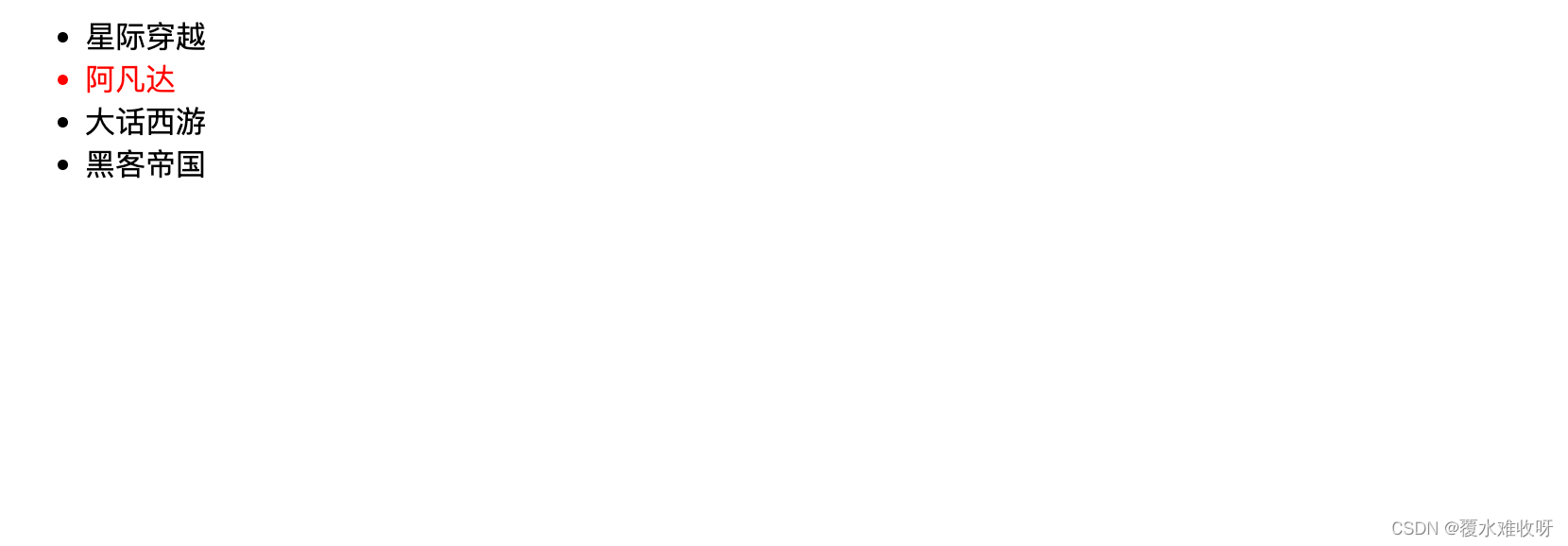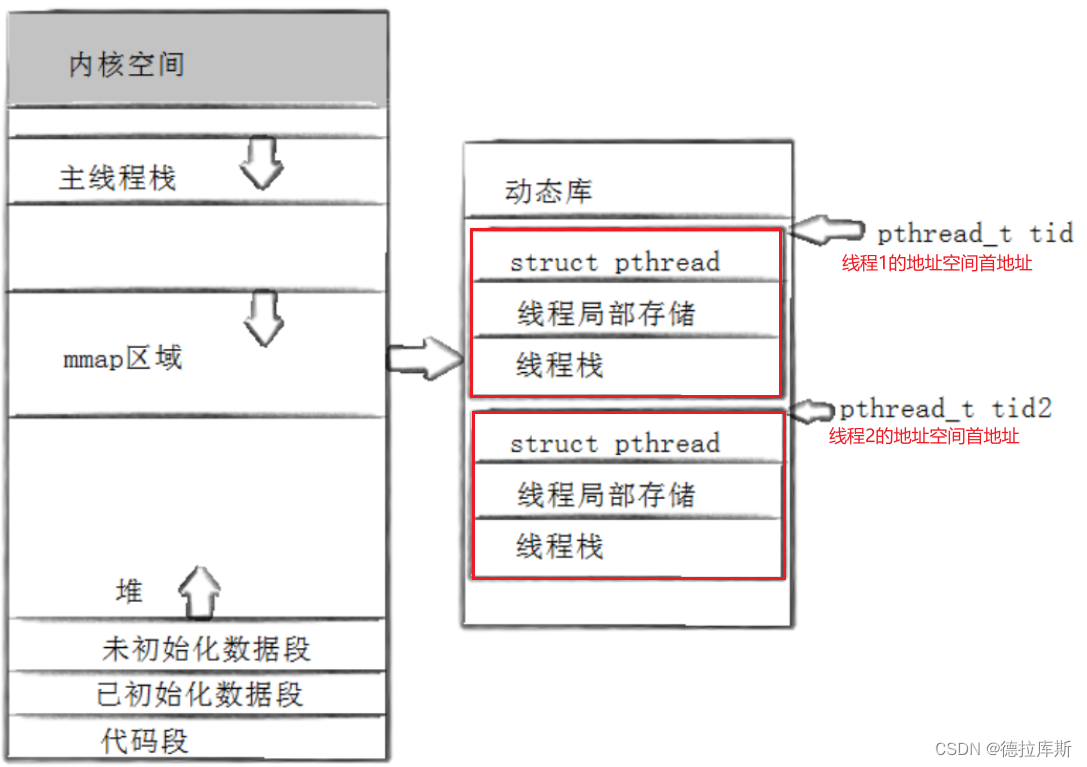2022-04-24:用go语言重写ffmpeg的muxing.c示例。
答案2022-04-24:
本程序的大体过程如下:
-
打开输出文件并写入头部信息。
-
添加音频和视频流,并为每个流创建 AVCodecContext 对象,根据输入格式设置编码器参数,并打开编码器;同时为每个流创建 AVStream 对象,将编码器参数复制到该对象中,并添加该对象到输出文件的媒体流列表中。
-
创建 AVFrame 对象并分配内存,用于保存音频和视频数据。对于音频帧,使用正弦函数生成虚假音频数据填充;对于视频帧,使用颜色生成算法生成虚假视频数据填充。
-
循环编码音频和视频,直到编码完成为止。对于音频,将虚假音频数据填充到 AVFrame 中,通过 AVCodecContext 进行编码后写入输出文件;对于视频,将虚假视频数据填充到 AVFrame 中,转换成指定像素格式(如果需要),通过 AVCodecContext 进行编码后写入输出文件。
-
写入输出文件尾部信息,关闭输出文件,释放相关资源。
总体上,本程序实现了将虚假音频和视频数据编码成指定格式并写入输出文件的功能。其中,步骤 2 的主要作用是为音频和视频流创建必要的对象和参数,以便后续进行编码和写入;步骤 3 和 4 则是生成虚假数据并进行编码和写入的具体实现。
代码见github/moonfdd/ffmpeg-go库。
命令如下:
go run ./examples/internalexamples/muxing/main.go ./out/muxing.mp4
./lib/ffplay ./out/muxing.mp4
golang代码如下:
package main
import (
"fmt"
"math"
"os"
"unsafe"
"github.com/moonfdd/ffmpeg-go/ffcommon"
"github.com/moonfdd/ffmpeg-go/libavcodec"
"github.com/moonfdd/ffmpeg-go/libavformat"
"github.com/moonfdd/ffmpeg-go/libavutil"
"github.com/moonfdd/ffmpeg-go/libswresample"
"github.com/moonfdd/ffmpeg-go/libswscale"
)
func main() {
os.Setenv("Path", os.Getenv("Path")+";./lib")
ffcommon.SetAvutilPath("./lib/avutil-56.dll")
ffcommon.SetAvcodecPath("./lib/avcodec-58.dll")
ffcommon.SetAvdevicePath("./lib/avdevice-58.dll")
ffcommon.SetAvfilterPath("./lib/avfilter-56.dll")
ffcommon.SetAvformatPath("./lib/avformat-58.dll")
ffcommon.SetAvpostprocPath("./lib/postproc-55.dll")
ffcommon.SetAvswresamplePath("./lib/swresample-3.dll")
ffcommon.SetAvswscalePath("./lib/swscale-5.dll")
genDir := "./out"
_, err := os.Stat(genDir)
if err != nil {
if os.IsNotExist(err) {
os.Mkdir(genDir, 0777) // Everyone can read write and execute
}
}
main0()
}
func main0() (ret ffcommon.FInt) {
var video_st, audio_st OutputStream
var filename string
var fmt0 *libavformat.AVOutputFormat
var oc *libavformat.AVFormatContext
var audio_codec, video_codec *libavcodec.AVCodec
var have_video, have_audio ffcommon.FInt
var encode_video, encode_audio ffcommon.FInt
var opt *libavutil.AVDictionary
var i ffcommon.FInt
if len(os.Args) < 2 {
fmt.Printf("usage: %s output_file\nAPI example program to output a media file with libavformat.\nThis program generates a synthetic audio and video stream, encodes and\nmuxes them into a file named output_file.\nThe output format is automatically guessed according to the file extension.\nRaw images can also be output by using '%%d' in the filename.\n\n", os.Args[0])
return 1
}
filename = os.Args[1]
for i = 2; i+1 < ffcommon.FInt(len(os.Args)); i += 2 {
if os.Args[i] == "-flags" || os.Args[i] == "-fflags" {
libavutil.AvDictSet(&opt, os.Args[i+1][1:], os.Args[i+1], 0)
}
}
/* allocate the output media context */
libavformat.AvformatAllocOutputContext2(&oc, nil, "", filename)
if oc == nil {
fmt.Printf("Could not deduce output format from file extension: using MPEG.\n")
libavformat.AvformatAllocOutputContext2(&oc, nil, "mpeg", filename)
}
if oc == nil {
return 1
}
fmt0 = oc.Oformat
/* Add the audio and video streams using the default format codecs
* and initialize the codecs. */
if fmt0.VideoCodec != libavcodec.AV_CODEC_ID_NONE {
add_stream(&video_st, oc, &video_codec, fmt0.VideoCodec)
have_video = 1
encode_video = 1
}
if fmt0.AudioCodec != libavcodec.AV_CODEC_ID_NONE {
add_stream(&audio_st, oc, &audio_codec, fmt0.AudioCodec)
have_audio = 1
encode_audio = 1
}
// /* Now that all the parameters are set, we can open the audio and
// * video codecs and allocate the necessary encode buffers. */
if have_video != 0 {
open_video(oc, video_codec, &video_st, opt)
}
if have_audio != 0 {
open_audio(oc, audio_codec, &audio_st, opt)
}
oc.AvDumpFormat(0, filename, 1)
/* open the output file, if needed */
if fmt0.Flags&libavformat.AVFMT_NOFILE == 0 {
ret = libavformat.AvioOpen(&oc.Pb, filename, libavformat.AVIO_FLAG_WRITE)
if ret < 0 {
fmt.Printf("Could not open '%s': %s\n", filename,
libavutil.AvErr2str(ret))
return 1
}
}
/* Write the stream header, if any. */
ret = oc.AvformatWriteHeader(&opt)
if ret < 0 {
fmt.Printf("Error occurred when opening output file: %s\n",
libavutil.AvErr2str(ret))
return 1
}
for encode_video != 0 || encode_audio != 0 {
/* select the stream to encode */
if encode_video != 0 &&
(encode_audio == 0 || libavutil.AvCompareTs(video_st.next_pts, video_st.enc.TimeBase,
audio_st.next_pts, audio_st.enc.TimeBase) <= 0) {
if write_video_frame(oc, &video_st) == 0 {
encode_video = 1
} else {
encode_video = 0
}
} else {
if write_audio_frame(oc, &audio_st) == 0 {
encode_audio = 1
} else {
encode_audio = 0
}
}
}
/* Write the trailer, if any. The trailer must be written before you
* close the CodecContexts open when you wrote the header; otherwise
* av_write_trailer() may try to use memory that was freed on
* av_codec_close(). */
oc.AvWriteTrailer()
// /* Close each codec. */
if have_video != 0 {
close_stream(oc, &video_st)
}
if have_audio != 0 {
close_stream(oc, &audio_st)
}
if fmt0.Flags&libavformat.AVFMT_NOFILE == 0 {
/* Close the output file. */
libavformat.AvioClosep(&oc.Pb)
}
/* free the stream */
oc.AvformatFreeContext()
return 0
}
const STREAM_DURATION = 10.0
const STREAM_FRAME_RATE = 25 /* 25 images/s */
const STREAM_PIX_FMT = libavutil.AV_PIX_FMT_YUV420P /* default pix_fmt */
const SCALE_FLAGS = libswscale.SWS_BICUBIC
// a wrapper around a single output AVStream
type OutputStream struct {
st *libavformat.AVStream
enc *libavcodec.AVCodecContext
/* pts of the next frame that will be generated */
next_pts ffcommon.FInt64T
samples_count ffcommon.FInt
frame *libavutil.AVFrame
tmp_frame *libavutil.AVFrame
t, tincr, tincr2 ffcommon.FFloat
sws_ctx *libswscale.SwsContext
swr_ctx *libswresample.SwrContext
}
func log_packet(fmt_ctx *libavformat.AVFormatContext, pkt *libavcodec.AVPacket) {
time_base := &fmt_ctx.GetStream(pkt.StreamIndex).TimeBase
fmt.Printf("pts:%s pts_time:%s dts:%s dts_time:%s duration:%s duration_time:%s stream_index:%d\n",
libavutil.AvTs2str(pkt.Pts), libavutil.AvTs2timestr(pkt.Pts, time_base),
libavutil.AvTs2str(pkt.Dts), libavutil.AvTs2timestr(pkt.Dts, time_base),
libavutil.AvTs2str(pkt.Duration), libavutil.AvTs2timestr(pkt.Duration, time_base),
pkt.StreamIndex)
}
func write_frame(fmt_ctx *libavformat.AVFormatContext, c *libavcodec.AVCodecContext, st *libavformat.AVStream, frame *libavutil.AVFrame) ffcommon.FInt {
var ret ffcommon.FInt
// send the frame to the encoder
ret = c.AvcodecSendFrame(frame)
if ret < 0 {
fmt.Printf("Error sending a frame to the encoder: %s\n",
libavutil.AvErr2str(ret))
os.Exit(1)
}
for ret >= 0 {
var pkt libavcodec.AVPacket
ret = c.AvcodecReceivePacket(&pkt)
if ret == -libavutil.EAGAIN || ret == libavutil.AVERROR_EOF {
break
} else if ret < 0 {
fmt.Printf("Error encoding a frame: %s\n", libavutil.AvErr2str(ret))
os.Exit(1)
}
/* rescale output packet timestamp values from codec to stream timebase */
pkt.AvPacketRescaleTs(c.TimeBase, st.TimeBase)
pkt.StreamIndex = uint32(st.Index)
/* Write the compressed frame to the media file. */
log_packet(fmt_ctx, &pkt)
ret = fmt_ctx.AvInterleavedWriteFrame(&pkt)
pkt.AvPacketUnref()
if ret < 0 {
fmt.Printf("Error while writing output packet: %s\n", libavutil.AvErr2str(ret))
os.Exit(1)
}
}
if ret == libavutil.AVERROR_EOF {
return 1
} else {
return 0
}
}
/* Add an output stream. */
func add_stream(ost *OutputStream, oc *libavformat.AVFormatContext, codec **libavcodec.AVCodec, codec_id libavcodec.AVCodecID) {
var c *libavcodec.AVCodecContext
var i ffcommon.FInt
/* find the encoder */
*codec = libavcodec.AvcodecFindEncoder(codec_id)
if *codec == nil {
fmt.Printf("Could not find encoder for '%s'\n",
libavcodec.AvcodecGetName(codec_id))
os.Exit(1)
}
ost.st = oc.AvformatNewStream(nil)
if ost.st == nil {
fmt.Printf("Could not allocate stream\n")
os.Exit(1)
}
ost.st.Id = int32(oc.NbStreams) - 1
c = (*codec).AvcodecAllocContext3()
if c == nil {
fmt.Printf("Could not alloc an encoding context\n")
os.Exit(1)
}
ost.enc = c
switch (*codec).Type {
case libavutil.AVMEDIA_TYPE_AUDIO:
if (*codec).SampleFmts != nil {
c.SampleFmt = (*codec).GetSampleFmt(0)
} else {
c.SampleFmt = libavutil.AV_SAMPLE_FMT_FLTP
}
c.BitRate = 64000
c.SampleRate = 44100
if (*codec).SupportedSamplerates != nil {
c.SampleRate = (*codec).GetSupportedSamplerate(0)
for i = 0; (*codec).GetSupportedSamplerate(uint32(i)) != 0; i++ {
if (*codec).GetSupportedSamplerate(uint32(i)) == 44100 {
c.SampleRate = 44100
}
}
}
c.Channels = libavutil.AvGetChannelLayoutNbChannels(c.ChannelLayout)
c.ChannelLayout = libavutil.AV_CH_LAYOUT_STEREO
if (*codec).ChannelLayouts != nil {
c.ChannelLayout = (*codec).GetChannelLayout(0)
for i = 0; (*codec).GetChannelLayout(uint32(i)) != 0; i++ {
if (*codec).GetChannelLayout(uint32(i)) == libavutil.AV_CH_LAYOUT_STEREO {
c.ChannelLayout = libavutil.AV_CH_LAYOUT_STEREO
}
}
}
c.Channels = libavutil.AvGetChannelLayoutNbChannels(c.ChannelLayout)
ost.st.TimeBase = libavutil.AVRational{1, c.SampleRate}
break
case libavutil.AVMEDIA_TYPE_VIDEO:
c.CodecId = codec_id
c.BitRate = 400000
/* Resolution must be a multiple of two. */
c.Width = 352
c.Height = 288
// /* timebase: This is the fundamental unit of time (in seconds) in terms
// * of which frame timestamps are represented. For fixed-fps content,
// * timebase should be 1/framerate and timestamp increments should be
// * identical to 1. */
ost.st.TimeBase = libavutil.AVRational{1, STREAM_FRAME_RATE}
c.TimeBase = ost.st.TimeBase
c.GopSize = 12 /* emit one intra frame every twelve frames at most */
c.PixFmt = STREAM_PIX_FMT
if c.CodecId == libavcodec.AV_CODEC_ID_MPEG2VIDEO {
/* just for testing, we also add B-frames */
c.MaxBFrames = 2
}
if c.CodecId == libavcodec.AV_CODEC_ID_MPEG1VIDEO {
/* Needed to avoid using macroblocks in which some coeffs overflow.
* This does not happen with normal video, it just happens here as
* the motion of the chroma plane does not match the luma plane. */
c.MbDecision = 2
}
break
default:
break
}
/* Some formats want stream headers to be separate. */
if oc.Oformat.Flags&libavformat.AVFMT_GLOBALHEADER != 0 {
c.Flags |= libavcodec.AV_CODEC_FLAG_GLOBAL_HEADER
}
}
/**************************************************************/
/* audio output */
func alloc_audio_frame(sample_fmt libavutil.AVSampleFormat,
channel_layout ffcommon.FUint64T,
sample_rate, nb_samples ffcommon.FInt) *libavutil.AVFrame {
frame := libavutil.AvFrameAlloc()
var ret ffcommon.FInt
if frame == nil {
fmt.Printf("Error allocating an audio frame\n")
os.Exit(1)
}
frame.Format = int32(sample_fmt)
frame.ChannelLayout = channel_layout
frame.SampleRate = sample_rate
frame.NbSamples = nb_samples
if nb_samples != 0 {
ret = frame.AvFrameGetBuffer(0)
if ret < 0 {
fmt.Printf("Error allocating an audio buffer\n")
os.Exit(1)
}
}
return frame
}
func open_audio(oc *libavformat.AVFormatContext, codec *libavcodec.AVCodec, ost *OutputStream, opt_arg *libavutil.AVDictionary) {
var c *libavcodec.AVCodecContext
var nb_samples ffcommon.FInt
var ret ffcommon.FInt
var opt *libavutil.AVDictionary
c = ost.enc
/* open it */
libavutil.AvDictCopy(&opt, opt_arg, 0)
ret = c.AvcodecOpen2(codec, &opt)
libavutil.AvDictFree(&opt)
if ret < 0 {
fmt.Printf("Could not open audio codec: %s\n", libavutil.AvErr2str(ret))
os.Exit(1)
}
/* init signal generator */
ost.t = 0
ost.tincr = float32(2 * libavutil.M_PI * 110.0 / float64(c.SampleRate))
// /* increment frequency by 110 Hz per second */
ost.tincr2 = float32(2 * libavutil.M_PI * 110.0 / float64(c.SampleRate) / float64(c.SampleRate))
if c.Codec.Capabilities&libavcodec.AV_CODEC_CAP_VARIABLE_FRAME_SIZE != 0 {
nb_samples = 10000
} else {
nb_samples = c.FrameSize
}
ost.frame = alloc_audio_frame(c.SampleFmt, c.ChannelLayout,
c.SampleRate, nb_samples)
ost.tmp_frame = alloc_audio_frame(libavutil.AV_SAMPLE_FMT_S16, c.ChannelLayout,
c.SampleRate, nb_samples)
/* copy the stream parameters to the muxer */
ret = ost.st.Codecpar.AvcodecParametersFromContext(c)
if ret < 0 {
fmt.Printf("Could not copy the stream parameters\n")
os.Exit(1)
}
/* create resampler context */
ost.swr_ctx = libswresample.SwrAlloc()
if ost.swr_ctx == nil {
fmt.Printf("Could not allocate resampler context\n")
os.Exit(1)
}
// /* set options */
libavutil.AvOptSetInt(uintptr(unsafe.Pointer(ost.swr_ctx)), "in_channel_count", int64(c.Channels), 0)
libavutil.AvOptSetInt(uintptr(unsafe.Pointer(ost.swr_ctx)), "in_sample_rate", int64(c.SampleRate), 0)
libavutil.AvOptSetSampleFmt(uintptr(unsafe.Pointer(ost.swr_ctx)), "in_sample_fmt", libavutil.AV_SAMPLE_FMT_S16, 0)
libavutil.AvOptSetInt(uintptr(unsafe.Pointer(ost.swr_ctx)), "out_channel_count", int64(c.Channels), 0)
libavutil.AvOptSetInt(uintptr(unsafe.Pointer(ost.swr_ctx)), "out_sample_rate", int64(c.SampleRate), 0)
libavutil.AvOptSetSampleFmt(uintptr(unsafe.Pointer(ost.swr_ctx)), "out_sample_fmt", c.SampleFmt, 0)
/* initialize the resampling context */
ret = ost.swr_ctx.SwrInit()
if ret < 0 {
fmt.Printf("Failed to initialize the resampling context\n")
os.Exit(1)
}
}
/* Prepare a 16 bit dummy audio frame of 'frame_size' samples and
* 'nb_channels' channels. */
func get_audio_frame(ost *OutputStream) *libavutil.AVFrame {
frame := ost.tmp_frame
var j, i, v ffcommon.FInt
q := (*ffcommon.FInt16T)(unsafe.Pointer(frame.Data[0]))
// /* check if we want to generate more frames */
if libavutil.AvCompareTs(ost.next_pts, ost.enc.TimeBase,
STREAM_DURATION, libavutil.AVRational{1, 1}) > 0 {
return nil
}
for j = 0; j < frame.NbSamples; j++ {
v = ffcommon.FInt(math.Sin(float64(ost.t)) * 10000)
for i = 0; i < ost.enc.Channels; i++ {
*q = ffcommon.FInt16T(v)
q = (*ffcommon.FInt16T)(unsafe.Pointer(uintptr(unsafe.Pointer(q)) + 2))
}
ost.t += ost.tincr
ost.tincr += ost.tincr2
}
frame.Pts = ost.next_pts
ost.next_pts += int64(frame.NbSamples)
return frame
}
/*
* encode one audio frame and send it to the muxer
* return 1 when encoding is finished, 0 otherwise
*/
func write_audio_frame(oc *libavformat.AVFormatContext, ost *OutputStream) ffcommon.FInt {
var c *libavcodec.AVCodecContext
var frame *libavutil.AVFrame
var ret ffcommon.FInt
var dst_nb_samples ffcommon.FInt
c = ost.enc
frame = get_audio_frame(ost)
if frame != nil {
/* convert samples from native format to destination codec format, using the resampler */
/* compute destination number of samples */
dst_nb_samples = int32(libavutil.AvRescaleRnd(ost.swr_ctx.SwrGetDelay(int64(c.SampleRate))+int64(frame.NbSamples),
int64(c.SampleRate), int64(c.SampleRate), libavutil.AV_ROUND_UP))
// av_assert0(dst_nb_samples == frame->nb_samples);
/* when we pass a frame to the encoder, it may keep a reference to it
* internally;
* make sure we do not overwrite it here
*/
ret = ost.frame.AvFrameMakeWritable()
if ret < 0 {
os.Exit(1)
}
/* convert to destination format */
ret = ost.swr_ctx.SwrConvert((**byte)(unsafe.Pointer(&ost.frame.Data)), dst_nb_samples,
(**byte)(unsafe.Pointer(&frame.Data)), frame.NbSamples)
if ret < 0 {
fmt.Printf("Error while converting\n")
os.Exit(1)
}
frame = ost.frame
frame.Pts = libavutil.AvRescaleQ(int64(ost.samples_count), libavutil.AVRational{1, c.SampleRate}, c.TimeBase)
ost.samples_count += dst_nb_samples
}
return write_frame(oc, c, ost.st, frame)
}
// /**************************************************************/
// /* video output */
func alloc_picture(pix_fmt libavutil.AVPixelFormat, width, height ffcommon.FInt) *libavutil.AVFrame {
var picture *libavutil.AVFrame
var ret ffcommon.FInt
picture = libavutil.AvFrameAlloc()
if picture == nil {
return nil
}
picture.Format = pix_fmt
picture.Width = width
picture.Height = height
// /* allocate the buffers for the frame data */
ret = picture.AvFrameGetBuffer(0)
if ret < 0 {
fmt.Printf("Could not allocate frame data.\n")
os.Exit(1)
}
return picture
}
func open_video(oc *libavformat.AVFormatContext, codec *libavcodec.AVCodec, ost *OutputStream, opt_arg *libavutil.AVDictionary) {
var ret ffcommon.FInt
c := ost.enc
var opt *libavutil.AVDictionary
libavutil.AvDictCopy(&opt, opt_arg, 0)
/* open the codec */
ret = c.AvcodecOpen2(codec, &opt)
libavutil.AvDictFree(&opt)
if ret < 0 {
fmt.Printf("Could not open video codec: %s\n", libavutil.AvErr2str(ret))
os.Exit(1)
}
/* allocate and init a re-usable frame */
ost.frame = alloc_picture(c.PixFmt, c.Width, c.Height)
if ost.frame == nil {
fmt.Printf("Could not allocate video frame\n")
os.Exit(1)
}
/* If the output format is not YUV420P, then a temporary YUV420P
* picture is needed too. It is then converted to the required
* output format. */
ost.tmp_frame = nil
if c.PixFmt != libavutil.AV_PIX_FMT_YUV420P {
ost.tmp_frame = alloc_picture(libavutil.AV_PIX_FMT_YUV420P, c.Width, c.Height)
if ost.tmp_frame == nil {
fmt.Printf("Could not allocate temporary picture\n")
os.Exit(1)
}
}
/* copy the stream parameters to the muxer */
ret = ost.st.Codecpar.AvcodecParametersFromContext(c)
if ret < 0 {
fmt.Printf("Could not copy the stream parameters\n")
os.Exit(1)
}
}
/* Prepare a dummy image. */
func fill_yuv_image(pict *libavutil.AVFrame, frame_index,
width, height ffcommon.FInt) {
var x, y, i ffcommon.FInt
i = frame_index
/* Y */
for y = 0; y < height; y++ {
for x = 0; x < width; x++ {
*(*byte)(unsafe.Pointer(uintptr(unsafe.Pointer(pict.Data[0])) + uintptr(y*pict.Linesize[0]+x))) = byte((x + y + i*3) % 256)
}
}
// /* Cb and Cr */
for y = 0; y < height/2; y++ {
for x = 0; x < width/2; x++ {
*(*byte)(unsafe.Pointer(uintptr(unsafe.Pointer(pict.Data[1])) + uintptr(y*pict.Linesize[1]+x))) = byte((128 + y + i*2) % 256)
*(*byte)(unsafe.Pointer(uintptr(unsafe.Pointer(pict.Data[2])) + uintptr(y*pict.Linesize[2]+x))) = byte((64 + x + i*5) % 256)
}
}
}
func get_video_frame(ost *OutputStream) *libavutil.AVFrame {
c := ost.enc
/* check if we want to generate more frames */
if libavutil.AvCompareTs(ost.next_pts, c.TimeBase,
STREAM_DURATION, libavutil.AVRational{1, 1}) > 0 {
return nil
}
/* when we pass a frame to the encoder, it may keep a reference to it
* internally; make sure we do not overwrite it here */
if ost.frame.AvFrameMakeWritable() < 0 {
os.Exit(1)
}
if c.PixFmt != libavutil.AV_PIX_FMT_YUV420P {
/* as we only generate a YUV420P picture, we must convert it
* to the codec pixel format if needed */
if ost.sws_ctx == nil {
ost.sws_ctx = libswscale.SwsGetContext(c.Width, c.Height,
libavutil.AV_PIX_FMT_YUV420P,
c.Width, c.Height,
c.PixFmt,
SCALE_FLAGS, nil, nil, nil)
if ost.sws_ctx == nil {
fmt.Printf("Could not initialize the conversion context\n")
os.Exit(1)
}
}
fill_yuv_image(ost.tmp_frame, int32(ost.next_pts), c.Width, c.Height)
ost.sws_ctx.SwsScale((**byte)(unsafe.Pointer(&ost.tmp_frame.Data)),
(*int32)(unsafe.Pointer(&ost.tmp_frame.Linesize)), 0, uint32(c.Height), (**byte)(unsafe.Pointer(&ost.frame.Data)),
(*int32)(unsafe.Pointer(&ost.frame.Linesize)))
} else {
fill_yuv_image(ost.frame, int32(ost.next_pts), c.Width, c.Height)
}
ost.frame.Pts = ost.next_pts
ost.next_pts++
return ost.frame
}
/*
* encode one video frame and send it to the muxer
* return 1 when encoding is finished, 0 otherwise
*/
func write_video_frame(oc *libavformat.AVFormatContext, ost *OutputStream) ffcommon.FInt {
return write_frame(oc, ost.enc, ost.st, get_video_frame(ost))
}
func close_stream(oc *libavformat.AVFormatContext, ost *OutputStream) {
libavcodec.AvcodecFreeContext(&ost.enc)
libavutil.AvFrameFree(&ost.frame)
libavutil.AvFrameFree(&ost.tmp_frame)
ost.sws_ctx.SwsFreeContext()
libswresample.SwrFree(&ost.swr_ctx)
}
运行结果如下:
